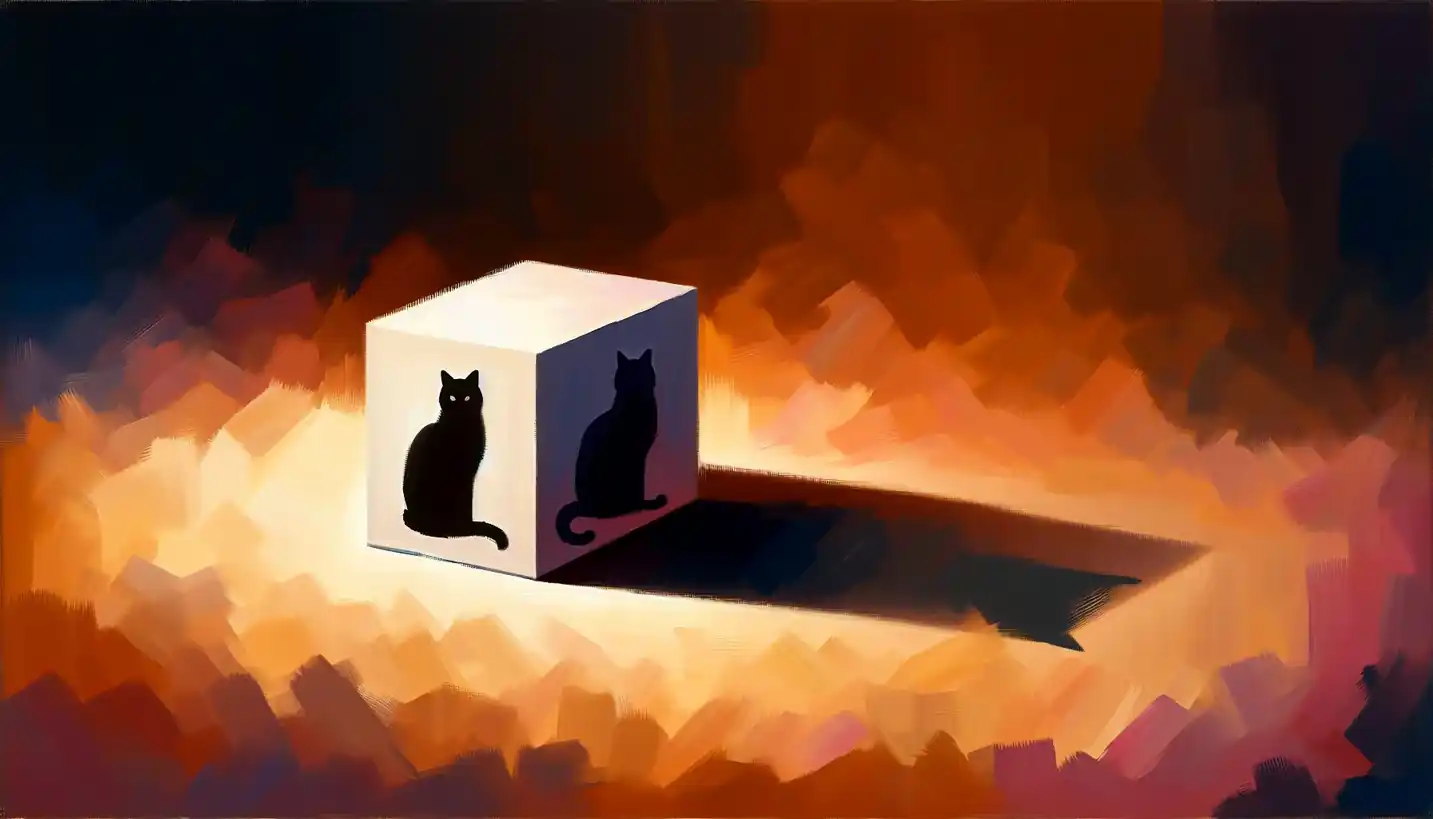· Physics · 5 min read
Tidal Forces: Understanding the Cosmic Tug-of-War
Tidal forces illustrate how gravitational interactions shape celestial bodies and orbits.

Once we dive into the universe, we quickly realize that it’s packed with incredible forces, one of which is the mysterious tidal force. This force isn’t just about the tides we see at the beach; it’s a fundamental player in the cosmic arena.
What Are Tidal Forces?
Imagine you’re pulling a rubber band. When you tug on one end, the whole thing stretches. Now think of Earth and the Moon. The Moon’s gravity pulls on Earth, and this pull isn’t uniform. The side of Earth closest to the Moon feels a stronger pull than the side that’s farther away. This difference creates what we call “tidal forces.”
These forces arise due to the gravitational interaction between celestial bodies and are responsible for stretching objects. On Earth, tidal forces are what create the ocean tides, but in space, they can do much more.
The Birth of Ocean Tides
Let’s look at the ocean tides, the most familiar example of tidal forces at work. When the Moon’s gravity pulls on Earth’s oceans, it causes the water to bulge out on the side closest to the Moon. Surprisingly, there’s another bulge on the opposite side. Why? Because the Earth is also being pulled slightly towards the Moon, leaving behind a bulge on the far side.
These bulges cause high tides, while low tides occur in the areas between the bulges. The Sun also plays a role, but since it’s much farther away, its effect is weaker compared to the Moon’s.
Cosmic Scale: Tidal Forces in Space
Beyond Earth, tidal forces have an even more dramatic influence. Consider galaxies or black holes. When stars pass too close to a black hole, tidal forces can tear them apart in a spectacular process called “spaghettification.” Imagine the star being stretched like spaghetti as it’s pulled into the black hole’s gravitational grip.
In some cases, tidal forces can even help form new celestial bodies. For example, when comets or asteroids are torn apart by tidal forces, the resulting fragments can come together to form new satellites or rings around planets.
Tidal Forces and Earth’s Evolution
Tidal forces don’t just create ocean tides; they also influence Earth’s rotation and orbit. The friction from tidal forces slowly transfers energy from Earth’s rotation to the Moon, causing Earth’s rotation to slow down and the Moon to move slightly farther away over time.
This process, called “tidal locking,” is why we only see one side of the Moon from Earth. Over millions of years, the Moon became tidally locked to Earth, perfectly synchronizing its rotation with its orbit around our planet.
Tidal Heating: A Source of Energy
In some celestial bodies, tidal forces can generate heat, a phenomenon known as “tidal heating.” It occurs when gravitational interactions cause a body’s interior to stretch and squeeze, generating heat through internal friction.
Jupiter’s moon Io is a fascinating example. As it orbits Jupiter, it experiences intense tidal forces from both the planet and neighboring moons. These forces create friction in Io’s interior, producing enough heat to fuel spectacular volcanic activity on its surface.
The Dance of Binary Stars
In the realm of binary stars, which are two stars orbiting a common center of mass, tidal forces can lead to interesting dynamics. They can transfer angular momentum, altering the stars’ orbits and rotation speeds. These interactions can result in phenomena like mass exchange, where one star pulls material from its companion.
In some cases, such tidal interactions can even trigger stellar explosions like novae, where a sudden brightening is observed.
Tidal Disruption Events: Cosmic Catastrophes
When stars are torn apart by tidal forces, the event is known as a “tidal disruption event.” Imagine a star getting too close to a supermassive black hole and being ripped apart. The stellar debris forms an accretion disk around the black hole, emitting intense radiation as it spirals inward.
These events are a goldmine for astronomers, offering a glimpse into the extreme environments around black holes and the physics of gravitational interactions.
The Influence on Planetary Systems
Tidal forces also shape the formation and evolution of planetary systems. They can stabilize or destabilize orbits, influence planetary atmospheres, and even dictate the habitability of distant worlds.
In tightly packed planetary systems, tidal forces can help prevent planets from crashing into each other, acting like a cosmic referee. Meanwhile, in star-planet interactions, tidal forces can strip away or compress atmospheric material, affecting a planet’s climate.
Anticipating Future Discoveries
The study of tidal forces continues to unravel the mysteries of the universe. With advancements in technology and telescopes, we might soon observe more tidal disruption events or even discover new planets shaped by tidal interactions.
Scientists are eager to learn how tidal forces influence not just our solar system, but also the countless other systems scattered across the cosmos.
Why Tidal Forces Matter
Tidal forces are a crucial part of understanding the universe. They reveal how gravity sculpts everything from the smallest moons to the vastest galaxies. By studying these forces, we gain insight into the fundamental laws governing cosmic evolution.
So next time you watch the ocean tides rise and fall, remember that a similar dance is happening on a grand scale across the universe, revealing the interconnectedness of all celestial beings. The tidal forces that influence our daily lives also shape the cosmos in ways we are only beginning to comprehend. Isn’t it fascinating how such a powerful force is at work both here on Earth and out in the stars, binding the universe in an endless gravitational ballet?


